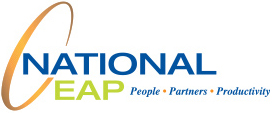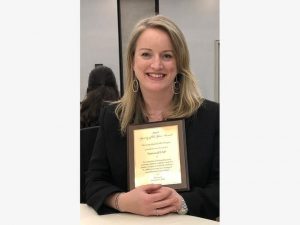Businesses in New York State (with others to follow) have been tasked with a challenging new workplace mandate: deliver annual Sexual Harassment training that is interactive, complies with regulation standards and accompanies the distribution of a well written corporate policy. There are several other nuts and bolts to achieve compliance and this new law has sent businesses of all sizes scrambling.
As a seasoned facilitator of Harassment Awareness and Prevention Training, in addition to serving as a consultant to hundreds of corporations, government entities and not-for-profits, let me share with you my tips about what I know to be true about this new mandate and its potential impact for your workplace.
- Have a Positive Mindset. I encourage all businesses to view the annual training mandate as an opportunity to “hit the reset button” on their company culture. Training IS a good thing IF done well. Seize this business opportunity to redefine yourself to your employees.
- Training MUST Begin From The Top Down. No “if’s, and’s or but’s” about it. Buy in has to begin at the top and accountability has to happen at the top. Teach your management about their unique role in defining and driving your workplace culture.
- Make The Training Meaningful & Interesting. Your training classes can be so much more than “What is harassment?” and “Policy states…” and “The law is…”. Your training has to be interactive and customized to New York State law. An “off the shelf video” is not going to cut it. Each training session is an opportunity to have a bigger discussion about your corporate culture and can drive employee buy-in to the bigger mission of creating healthy, safe and productive workplaces for all.
- Go Beyond Sexual Harassment. As there are so many other forms of harassment, in, use this opportunity to tackle discrimination, bias, and prejudice and ferret out how that might show up in your workplace.
- Don’t Be Boring! Make your training program dynamic, interesting, thought provoking and inviting of everyone’s questions and comments. Trust me, it CAN be done! Do not let your sessions be painfully boring legalese.
- Outsource It. Lastly, if you don’t have a great trainer in house or the time to dedicate to this initiative, then do my personal favorite thing which is “Outsource!”. Save yourself the headache. You can pick a dynamic training company, like my company National EAP who will help you define your vision for this training and deliver it in a way that goes WAY beyond simple policy compliance.
Yes, I ended with shameless self promotion, however, I simply cannot deny that we are truly the experts in this work and we LOVE creating educated, safe and healthy workplaces! National EAP not only delivers harassment training, we deliver the actual REMEDIATION services for employees who have crossed the line at work, whether it’s one toe over the line or a full on Weinstein. We have seen, heard, counseled and re-educated it all and weave our real life experiences artfully into our work.
Please email me at aoifaodonnell@nationaleap.com or call 800-624-2593 ext., 26. to discuss YOUR unique needs and how we can help your business/organization. It would be our pleasure to do so!



